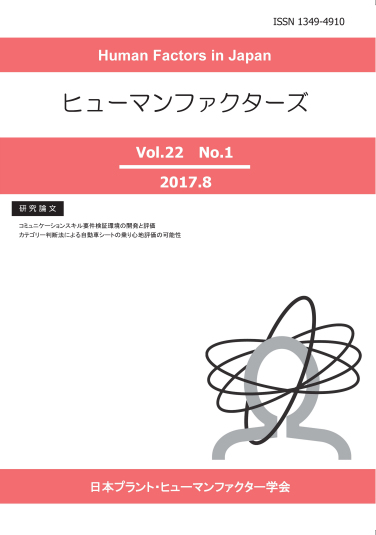It is common to evaluate automobile seats with the objective values like transmissibility. In such conventional evaluation methods, psychological factors of occupants have not been considered even though occupants eventually judge ride comfort. In this paper, we executed the driving simulator experiment to investigate the applicability of the evaluation by the subjective score as well as the objective value to ride comfort evaluation of automobile sear. In the experiment, five kinds of test seat were randomly fixed on the driving simulator, and twenty participants drove on the test course where the whole body vibration was exposed. We measured the vibration accelerations and obtained discomfort rating of the participants. From the experimental results of the scaling with the vibration accelerations and the participant's discomfort rating, we could show particular characteristics of the test seats. Since some previous studies reported that the measurement of the whole-body vibration based on ISO2631-1 has many problems, we recognized that we should explore the measurement of the whole-body vibration as well as continue the seat evaluation experiment under another course layout where the rolling and yawing vibration is exposed to participants.
View full abstract
